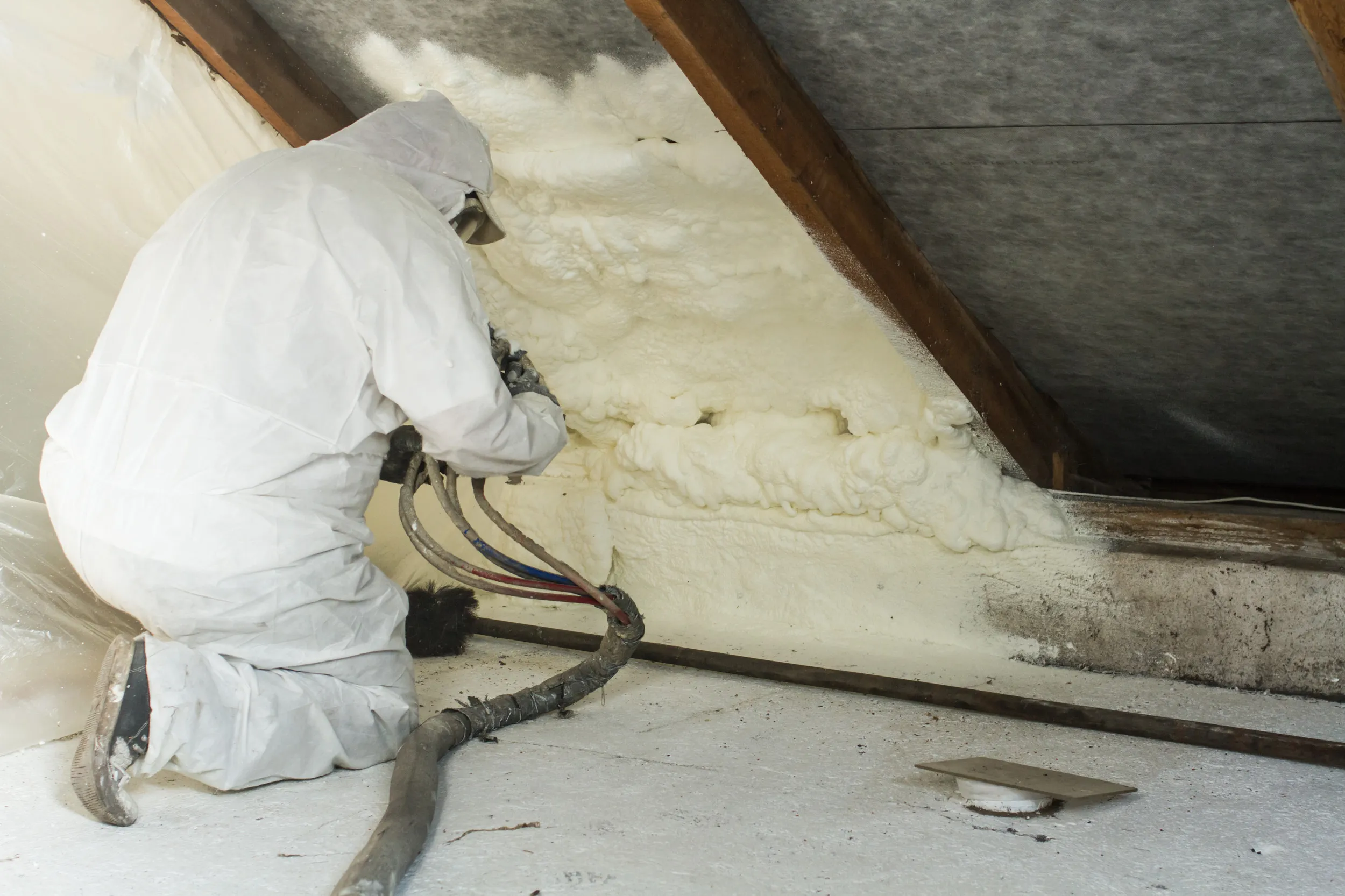
Preserving the integrity of a historic home while improving energy efficiency requires a careful approach. Many older houses were built with materials and construction methods that differ significantly from modern standards. Using the wrong insulation can trap moisture, cause structural damage, and reduce the home’s longevity. Spray foam insulation offers a solution, but it must be applied with precision to avoid unintended consequences.
Older homes often rely on natural ventilation through walls and roofs to regulate moisture levels. Sealing these areas too tightly with insulation can create condensation, leading to mold growth and wood rot.
Many historic houses were built with materials that needed to breathe. Applying non-porous insulation can trap moisture, weakening wooden beams and masonry over time.
Some historic districts have regulations restricting changes to original construction. Understanding local codes ensures compliance while making energy-efficient upgrades.
Applying spray foam in key areas while leaving ventilation pathways intact helps protect historic materials. Areas where spray foam is beneficial include:
Incorporating vapor barriers ensures that moisture doesn’t get trapped within walls. This step depends on climate conditions and the materials used in the original construction.
Before applying spray foam, evaluate the home’s structure, existing insulation, and moisture levels. This step prevents unforeseen issues after insulation is installed.
Hiring a contractor familiar with historic properties helps balance energy efficiency and structural preservation. Their expertise can prevent costly mistakes.
Instead of covering entire sections at once, gradual insulation application allows monitoring for any adverse effects on moisture levels or structural integrity.
Not all insulation companies understand the nuances of historic properties. Select a contractor with experience in preserving older structures while upgrading insulation.
At Lamothe Insulation & Contracting, we specialize in insulating historic homes with methods that respect original architecture. Our team assesses each project individually, ensuring spray foam is applied safely without damaging the structure. For expert guidance, contact us at (508) 847-0119 or email [email protected].
| Insulation Type | Breathability | R-Value | Moisture Resistance | Suitability for Historic Homes |
| Fiberglass | High | Medium | Low | Moderate |
| Cellulose | Moderate | Medium | Medium | Good |
| Open-Cell Foam | High | High | Medium | Best for Interior Use |
| Closed-Cell Foam | Low | Very High | High | Limited Use |
Using weatherstripping, caulking, and interior storm windows improves efficiency while preserving original features.
Pairing insulation improvements with high-efficiency heating and cooling systems maximizes energy savings.
Installing hygrometers in key areas helps track humidity and detect potential moisture problems early.
Spray foam can be used in historic homes when applied correctly. A professional assessment ensures it won’t trap moisture or cause damage.
Properly applied spray foam remains hidden behind walls or in attics and basements, preserving the home’s original aesthetics.
Yes. Insulating from the attic, basement, or crawl spaces allows for improved efficiency without disturbing historic plasterwork.
Costs vary based on home size, insulation type, and accessibility. A professional consultation provides a more accurate estimate.
Spray foam insulation is highly durable, often lasting 20–30 years or more when properly applied.
Yes. Open-cell spray foam has sound-dampening properties that can help reduce outside noise.
Yes, but compatibility with existing insulation must be assessed to avoid trapping moisture.
Many states offer incentives for energy-efficient home upgrades. Check local programs for potential rebates.
A home energy audit or infrared thermal imaging can help identify moisture problems before insulation is installed.
In some cases, removing old insulation improves performance. A professional can advise on the best approach based on your home’s condition.
Preserving the character of a historic home while enhancing its energy efficiency is possible with the right approach. Careful insulation choices help maintain structural integrity and improve comfort without compromising the building’s history. For expert guidance on spray foam insulation, reach out to Lamothe Insulation & Contracting at (508) 847-0119 or email [email protected].